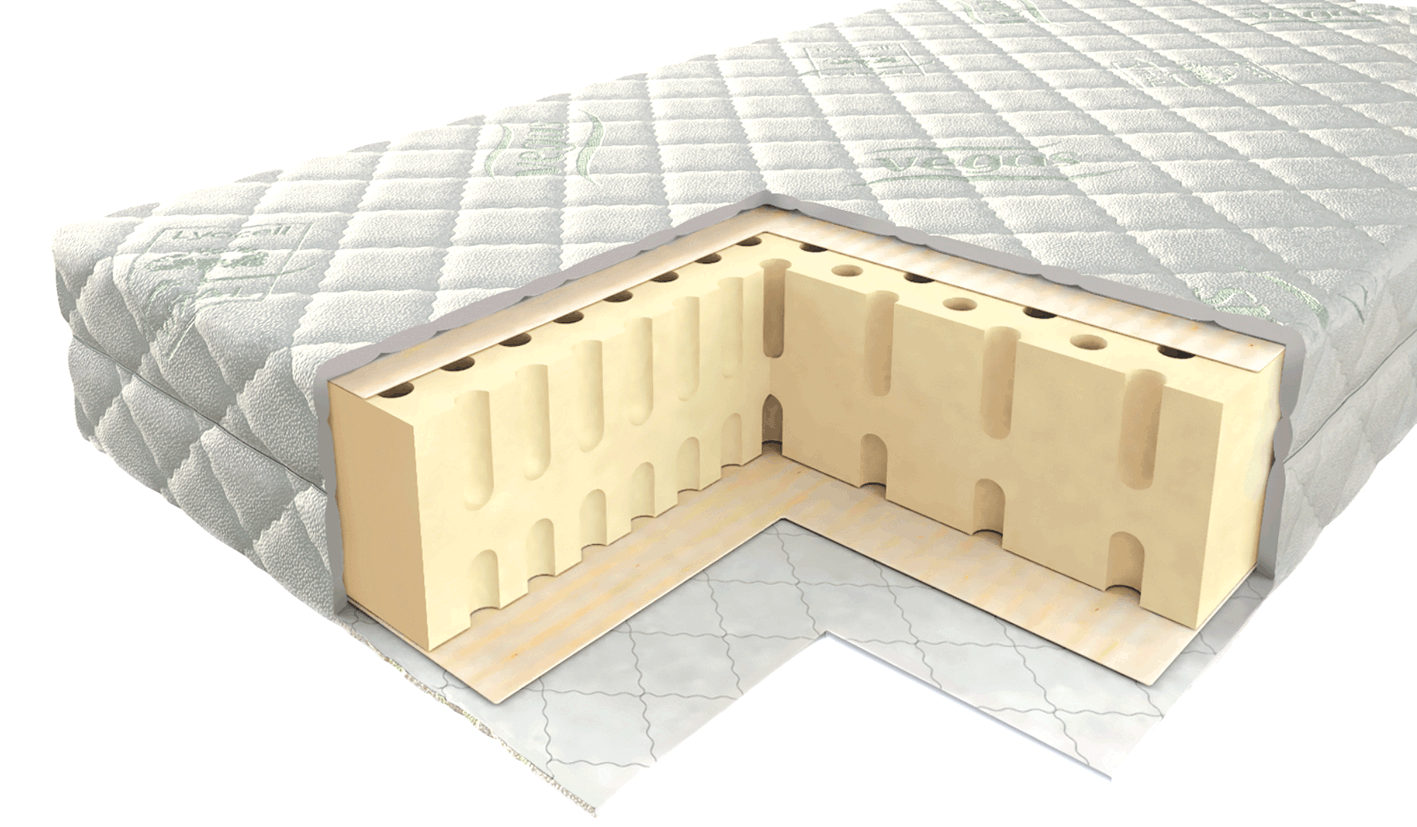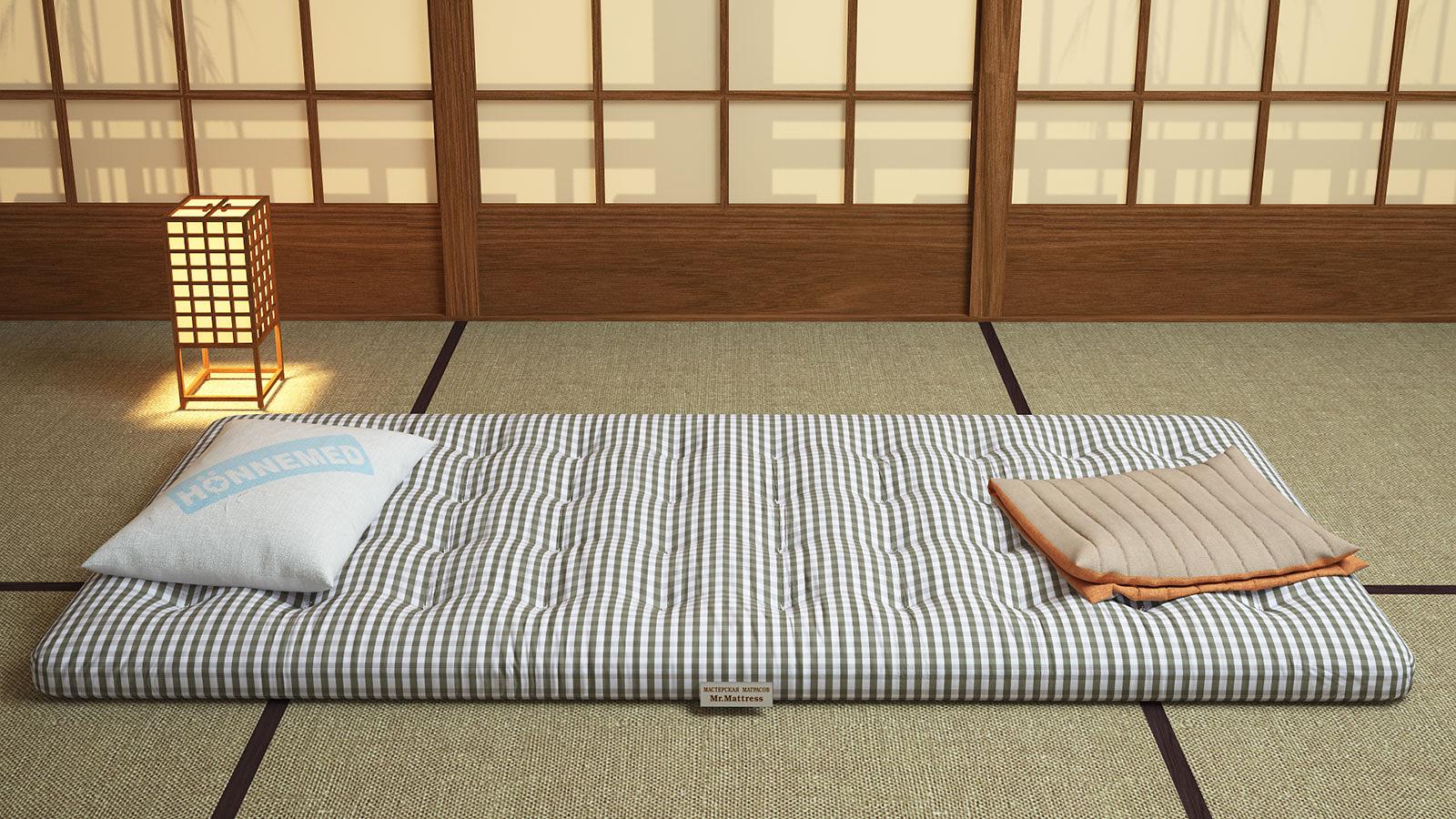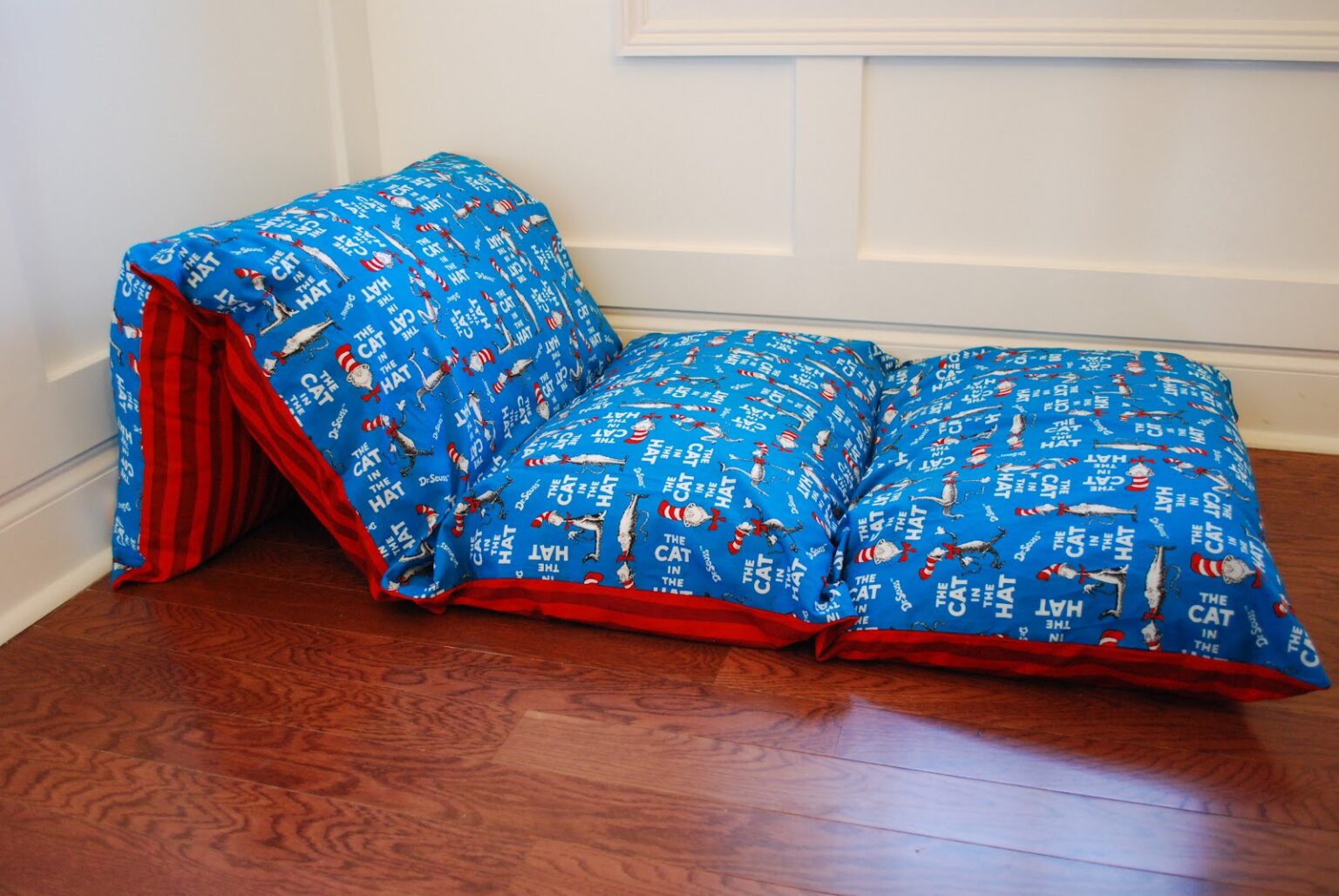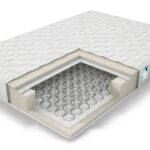How to make a do-it-yourself bed mattress
Today there is a huge selection of mattresses. They are made using different technologies using different materials. But you can completely sew a mattress at home. All that is needed for this is to choose the right materials and tools and clearly follow the step-by-step instructions.

How mattresses are made
Before you sew a mattress, you need to figure out what parts it consists of and how it is made in production. Inside is the base, which is responsible for the comfort during sleep.

It can be of several types:
- Bonnel. It is a spring block with dependent springs. This design consists of springs that are interconnected with each other. Dependent spring blocks are not classified as orthopedic.
- Pocket. The springs are located independently of each other. They are in separate fabric pocket-covers and are assembled in blocks. Each block works independently of each other, which provides the product with an orthopedic effect. During sleep, the spine is supported from all sides in a comfortable position.
- Springless. There are no springs in their design. Softness is provided by layers of shock-absorbing material: foam rubber, latex, cotton wool, seaweed, horsehair and others. The mattress can be single layer or multi-layer construction.
- Combined. These mattresses use different materials to produce zones with different characteristics. For example, there are models in which the right and left parts differ from each other in the degree of rigidity.
Mattress production technology looks like this:
- A spring block is being manufactured.
- Woven and non-woven parts of the mattress are cut and sewn.
- The filler is placed on the spring frame: coconut fiber, latex and others.
- The front layer of the mattress is laid and sewn on.
- The cover is sewn and water-repellent and fire-resistant compounds are applied, if this is provided for by this model.
- The quality of the product is checked, after which it is sent to the warehouse.

How to sew a mattress with your own hands
Despite the seeming complexity of mattress production at specialized enterprises, it is not so difficult to sew a mattress with your own hands at home.

Selection of tools, material and filler
We suggest you learn how to make a mattress for a bed with your own hands. You can make 3 different types of homemade mattresses at home:
- from foam rubber;
- from pillows;
- orthopedic.
The first and simplest type of product is foam rubber. For him you will need polyurethane foam (PPU) or simply foam rubber. It should be soft and resilient, as well as easy to regain shape after exertion. The density of polyurethane foam should be within the range - 25-40 kg / m3.

To make a mattress from pillows, you will need fabric or pillowcases for the cover and, in fact, the pillows themselves. To make a mattress with orthopedic properties, you need to stock up on the same foam rubber and a few more layers of material. It can be struttofiber, coconut coir.

Tools you may need:
- tape measure or measuring tape;
- knife and scissors;
- sewing machine.
Sewing the mattress
We offer step-by-step master classes that will help you sew your own mattress on the bed.
From foam rubber
Before starting work, it is necessary to measure the bed and determine the dimensions of the future product. To sew a foam mattress, you will need the following materials and tools:
- foam rubber with EL, HR, VE markings;
- fabric for making a cover;
- glue - it is better to take a special adhesive such as Sefox.

The step-by-step instruction looks like this:
- Make measurements of the future mattress.
- Assemble the frame. To do this, you need to take high-density foam rubber, about 7-8 cm thick. Cut out bars of the required size from it and fold a "box" on the floor. It must be glued at the ends.
- Fill the inside with foam rubber sheets. It is advisable to use polyurethane foam with a maximum thickness of 15 cm. If it is difficult to find such a material, then you can fold it from several layers of thin foam rubber. Then it is necessary to glue the layers, distributing the adhesive evenly over the surface of each of them.
- Sew the cover, not forgetting to give allowances on all sides. See sewing instructions below.

Important! The base of the mattress must not be made of polyurethane foam scraps. It should be whole, and not consist of glued transverse parts.
From pillows
The quickest and easiest way to sew a mattress is from pillows. It is especially suitable for children to play. The product turns out to be lightweight, compact and does not cause any difficulties when sewing. What you need:
- cloth or pillowcases;
- 2-3 pillows: the size and number of pillows can be changed, depending on the dimensions of the future product;
- scissors, needles, threads;
- sewing machine.

Place the pillows in a row. Measure their total length with a measuring tape. Multiply the resulting figure by 2.2 so that all pillows fit in this cover. Cut the fabric, fold it in half, sew the transverse lines - put the pillows in the "pockets". Sew open edge. If pillowcases are used, they are folded so that the holes are on one side and sewn to connect them. Then the pillows are put in the holes and the second side is sewn up.

With orthopedic properties
How to make a mattress so that it has orthopedic qualities? Very simple. This option is done in the same way as foam rubber, but inside you need to add a few more layers to adjust the hardness or softness of the mattress. The inner part is laid alternately with layers of foam rubber and other materials. For this, struttofiber or coconut coir are best suited. The layers are carefully glued to each other and fit into the inside of the finished frame.

Important! The firmness of the mattress is regulated with the help of a layer of struttofiber and coconut coir. The thicker the layer of these materials, the harder the product will come out, the thinner the additional layer, the softer the bed will eventually be.
Cover sewing
To sew a mattress topper, you need an elementary skill to make a straight line on a sewing machine. Required tools and materials:
- pencil, ruler, measuring tape;
- fabric with good density;
- linen elastic;
- safety pin;
- sewing machine.
Step-by-step instruction:
- Measure the width, height and length of the mattress. In order for the cover to completely cover the surface, it is necessary to add 15 cm of allowances on each side.
- Wrap the mattress with a cloth, wrap the corners, temporarily sew them by hand with a basting. Then carefully remove and hem the swept corners on a typewriter.
- On the wrong side, close the edges with a hemming seam. At the same time, you need to leave enough width for threading the linen elastic.

Gently thread the elastic into the finished seam, secure the edges with a seam. The mattress topper is ready!

Video: how to make a comfortable mattress with your own hands

















